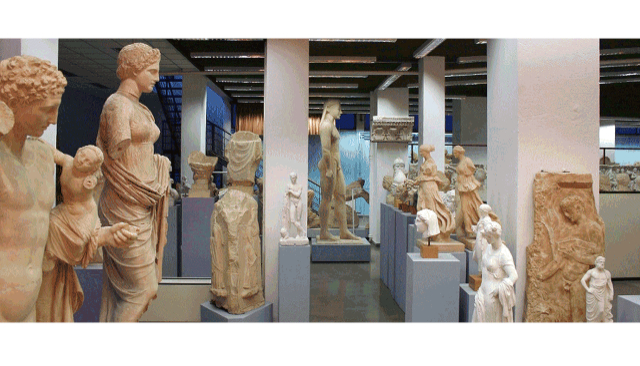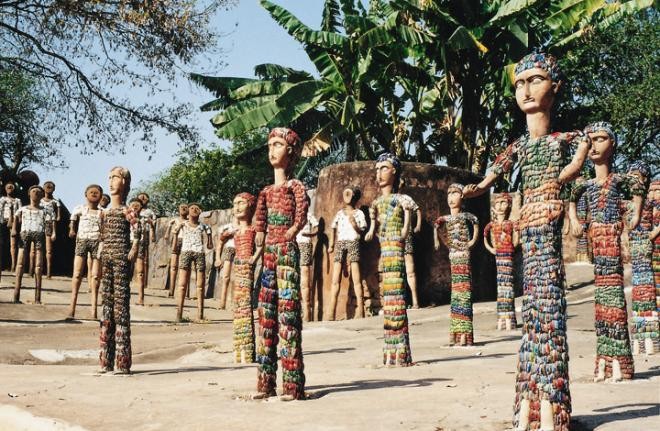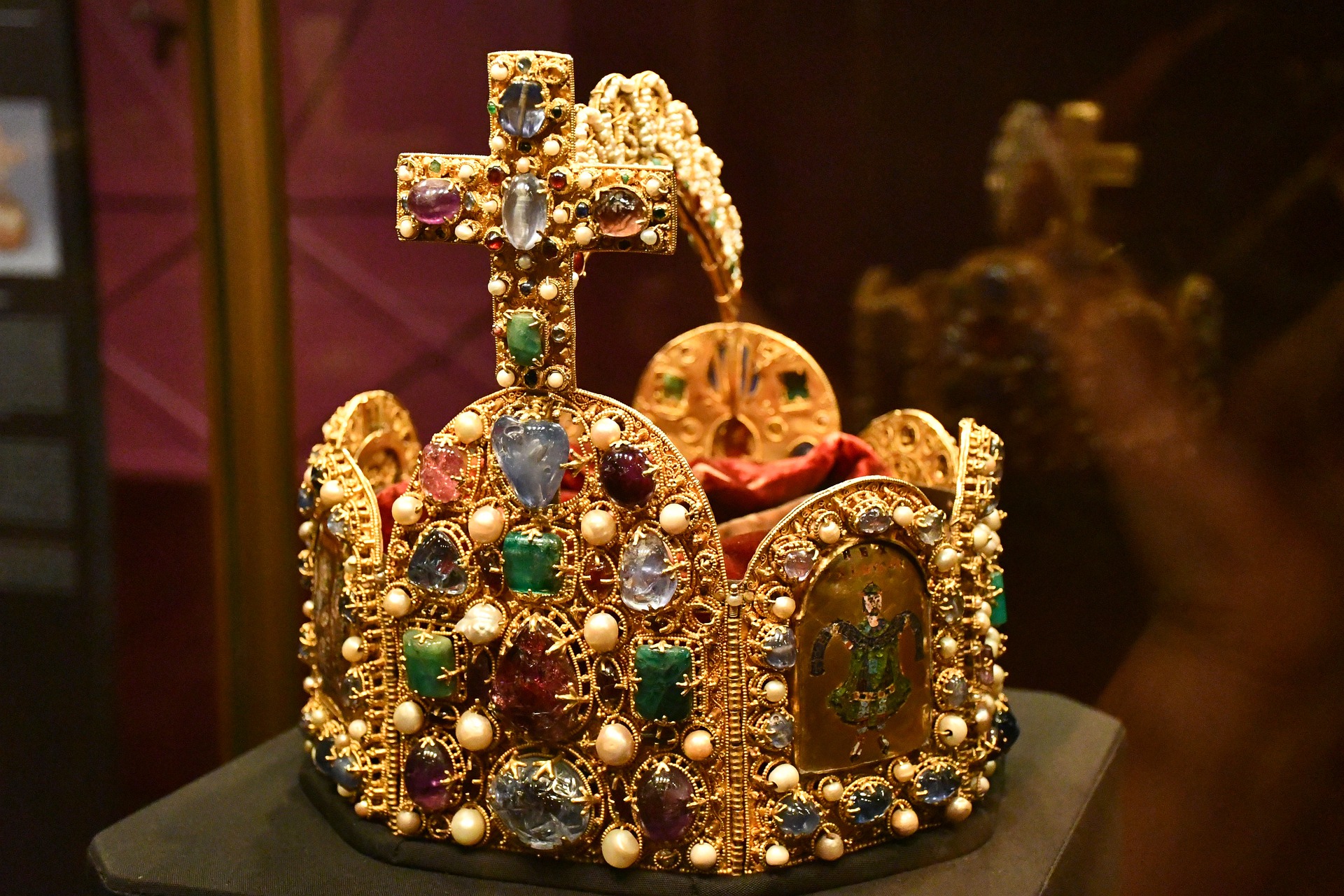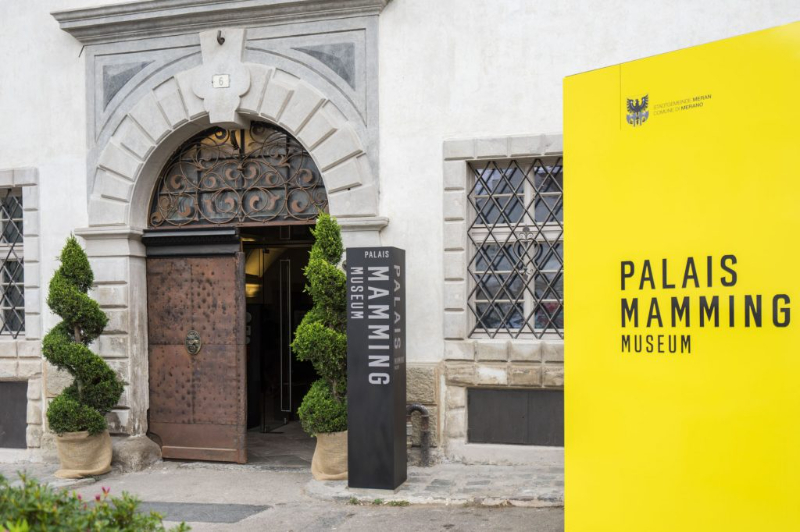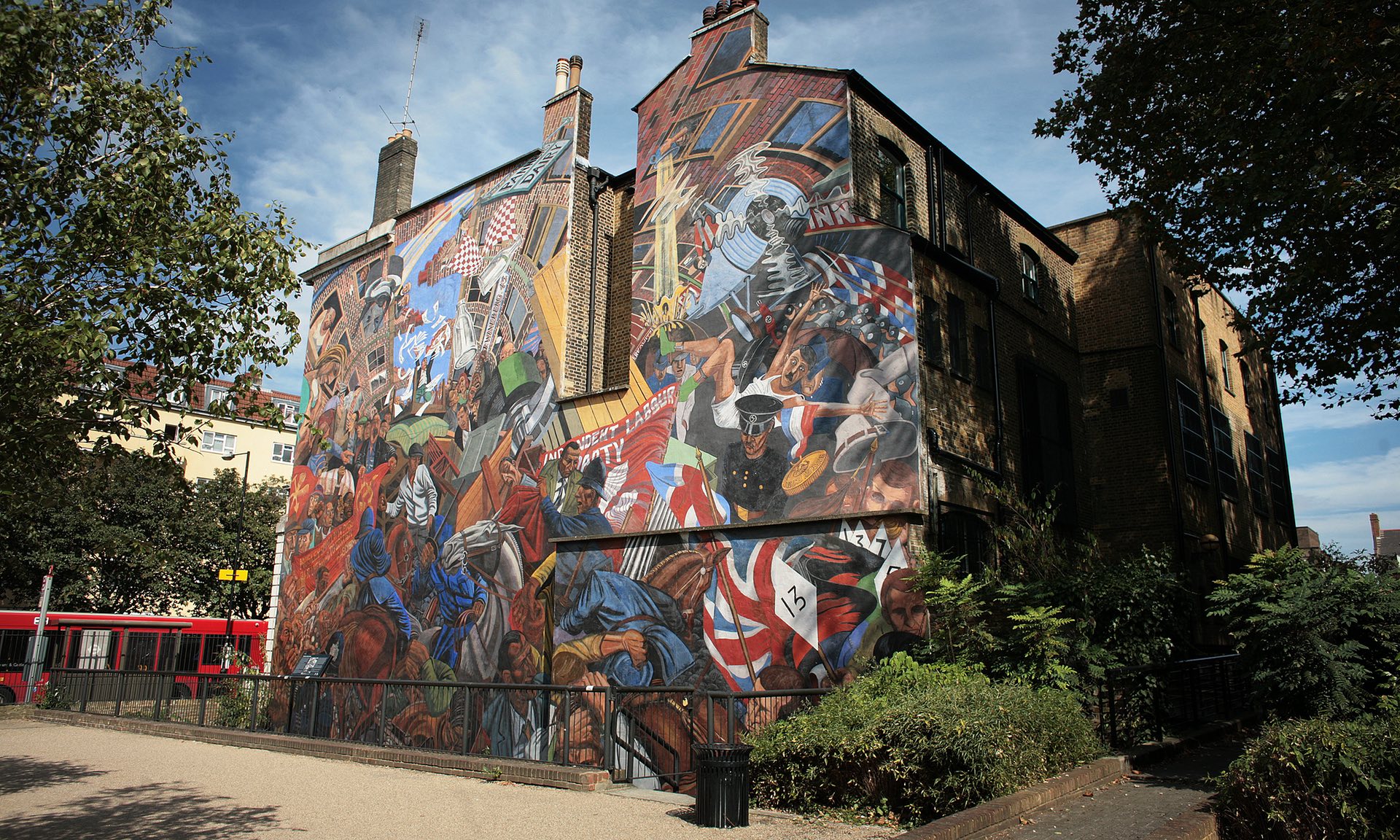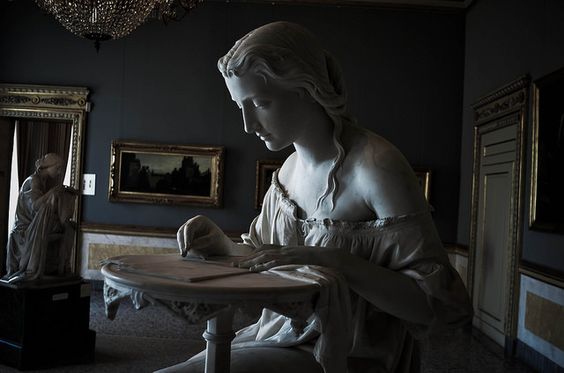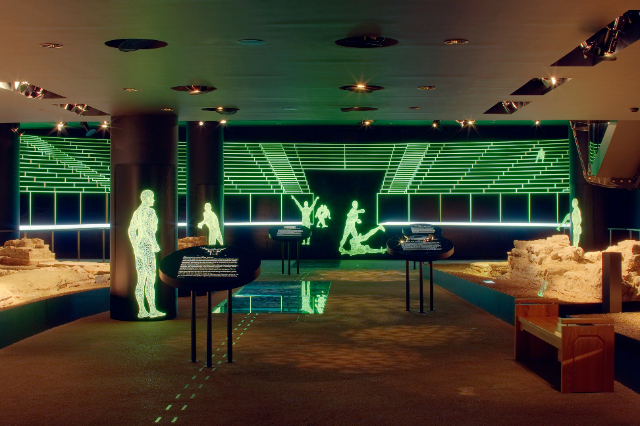The Casts Museum at the Faculty of Philosophy in Aristotle University of Thessaloniki is a unique educational and cultural institution that bridges the gap between the academic world and the general public. Established between 1928 and 1930 by C. Romaios, a professor of Classical Archaeology at the time, the museum was designed to provide students and visitors with invaluable insights into the various phases of ancient art.
The Museum is spread across three halls within the main faculty building and houses an extensive collection, primarily composed of plaster casts of ancient sculptures. These are not mere replicas; they serve as essential teaching tools for students, offering them tactile experiences that complement their academic studies. In addition to plaster casts, the museum features clay and metal copies of miniatures, as well as reproductions of Minoan, Mycenaean, and Byzantine murals. A rich array of Paleo-Christian wall paintings and Byzantine icons further adds to the museum’s breadth.
Of particular interest is the “Constantinos Romaios” hall, named in honor of the museum’s founder. This hall showcases a vast range of casts spanning various historical periods. Highlights include the colossal Sounion kouros and intricately detailed casts of the arch of Galerius, both of which were graciously donated by the 9th Inspectorate of Byzantine Antiquities. Visitors can also marvel at casts of the east and west gable of the temple of Zeus in Olympia, a significant contribution from the 7th Inspectorate of Prehistoric and Classical Antiquities.
The museum also curates a special section dedicated to archaic sculptures, mainly dating between the early 6th and early 5th centuries B.C. This includes kouroi and kores from diverse geographical regions like Naxos, Paros, and Attica, as well as sepulchral and votive bas-reliefs and architectural sculptures. These collections are enhanced by pedestals of statues with relief representations, giving visitors a full sense of the artistic and cultural contexts in which these works were created.
In recent years, the museum has expanded its holdings to include a collection of imperial portraits. Though modest in size, this new addition features representative works from various dynasties, along with private portraits from Thessaloniki, making it a comprehensive survey of the genre.
The Casts Museum is more than just a repository of ancient artifacts. It is a dynamic space that fosters intellectual curiosity, promotes scholarly research, and serves as an invaluable resource for anyone interested in delving into the rich tapestry of ancient art and culture.

